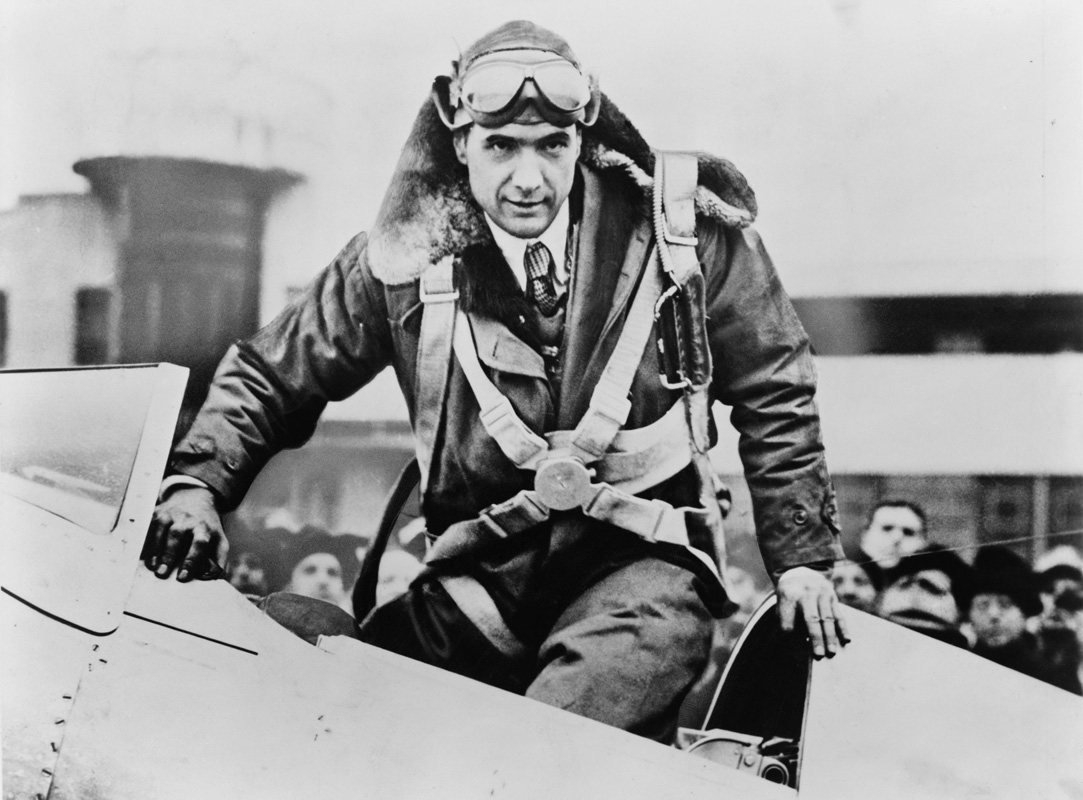Obsessive-Compulsive-Related and Trauma-Related Disorders
194

195
CHAPTER OUTLINE
Obsessive-Compulsive Disorder and Related Disorders
What Is Obsessive-Compulsive Disorder?
What Is Body Dysmorphic Disorder?
Understanding Obsessive-Compulsive Disorder
Treating Obsessive-Compulsive Disorder
Trauma-Related Disorders
What Are the Trauma-Related Disorders?
Understanding Trauma-Related Disorders: PTSD
Treating Posttraumatic Stress Disorder
Follow-up on Howard Hughes
Howard Hughes is famous for many things: He was an industrialist, creating Hughes Aircraft Company and designing the planes his company built; he was an aviator who broke flying records; he was the owner of hotels and casinos; he was a reclusive billionaire who directed an Academy Award–winning film. During his lifetime, people around the world recognized his name and his accomplishments.
Hughes grew up in Texas, an only child in a wealthy family. As a child and teenager, Hughes was shy and had only one friend; he was “supersensitive”—he didn’t seem to take teasing in stride as other children did—and he preferred to be alone or spend time with his mother. When he was almost 17, his mother, a homemaker, died unexpectedly of complications from a minor surgical procedure. Two years later, his father died unexpectedly of a heart attack. Hughes was independent and rich at the age of 19. Within the next 6 years, he’d have triumphs and disasters: He’d win an Academy Award and survive a horrific airplane crash that crushed his cheekbone. Four years later, he would found Hughes Aircraft Company, and 3 years after that, he’d set a world record for flight. As Hughes became more successful, he also became reclusive, seeing fewer and fewer people. But it wasn’t simply that he became a hermit. He went through periods of time when he would do nothing but watch films, 24 hours a day, naked, moving only from bed to chair and back, with occasional forays to the bathroom. And Hughes was deathly afraid of being exposed to germs—and so he developed elaborate precautions to avoid contact with them (Barlett & Steele, 1979).
Clearly, hughes’s behavior wasn’t normal. Hughes suffered from symptoms of psychological disorders—to the point where he wasn’t able to function adequately in any sphere of life. But what was the matter with him? The symptoms from which Hughes suffered involve anxiety (in fact, he appears to have suffered from social anxiety disorder). In this chapter, we explore two categories of disorder that involve anxiety: obsessive-compulsive-related disorders and trauma-related disorders.

196